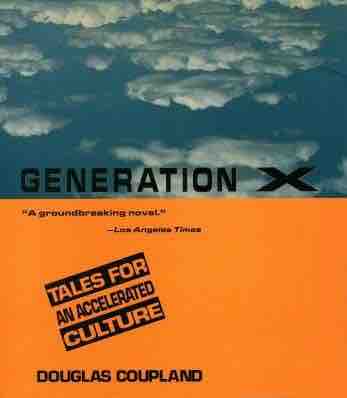The U.S. in the 1990s: Massive Growth
The U.S. population grew to over 250 million by 1990. Population had nearly quadrupled in a century, and it was more than double the population during the first election of Franklin Roosevelt in 1932. Medical advances brought the life expectancy to a record high. The U.S. Hispanic population grew five times as fast as the rest of the population and began to emerge as a stronger political force.
Cultural Shifts
Culturally, the 1990s are characterized by the rise of multiculturalism and alternative media, which continued into the 2000s. Movements such as grunge, the rave scene, and hip hop spread around the world to young people during that decade, aided by advances in technology such as cable television and the World Wide Web. Vestigial changes from the countercultural revolution of the 1960s and 1970s were apparent throughout the 1990s. More casual, "laid-back" attitudes toward dress, language, and sexual freedom were among these left-over changes. Western world fashions reflected this by often turning highly individualistic and/or counter-cultural, which was influenced by Generation X and Generation Y/Millennials: tattoos and body piercing gained popularity, and "retro" styles inspired by fashions of the 1960s and 1970s were also prevalent. Some young people became increasingly involved in extreme sports and outdoor activities that combined embracing athletics with the appreciation of nature.
A new tolerance was especially prevalent in the historically sensitive realm of sex: 95% percent of males and over 80% of females between the ages of 18 and 24 acknowledged premarital intercourse. Drugs remained popular as well. While the drug LSD fell somewhat out of fashion, marijuana continued its popularity. "Crack," a cheap and powerful derivative of cocaine, displaced heroin.
Third wave feminism gained momentum in the 90s, with violence against women taking center stage, more women taking on positions of leadership, and the rise of queer theory initiating important discussions about gender and sexuality. In 1990, the World Health Organization removed homosexuality from its list of diseases, and the acceptance of homosexuality gradually began to increase in the United States and many areas of the western world. At the same time, the rise of the "moral majority," which had begun after the election of Ronald Reagan in 1980, continued into the new decade. The moral majority is a faction of the Republican Party whose policies include conservatism on social and personal matters, marrying religion to the political process. Dismay over crimes, drugs, and drinking was widespread; the national minimum drinking age had been raised to 21 in 1984, and many states and communities began to ban cigarette smoking in public places. The conservative campaign against sexual "promiscuity" received unexpected support due to the discovery of AIDS (Acquired Immune Deficiency Syndrome) in the 1980s. Most politicians were slow to devote resources to combating AIDS, in part because it was initially perceived as a "gay man's disease" that posed no threat to other Americans.
Gen X
"Generation X" is the name given to people born between the mid-1960s and early-1980s. The term was penned by author Douglas Coupland in 1991 when he released his era-defining novel, Generation X. Coupland's characters were in their mid-20s, going through a "quarter-life crisis." In his book, Coupland discussed how his generation faced looming threats of nuclear war, which made forming meaningful relationships meaningless. He also discussed how major corporations such as McDonald's provided a shared state of consumerism that formed a new zone of comfort. By pointing out major social problems such as AIDS, depression, and sexuality, Coupland helped define an entire generation.

Generation X: Tales for an Accelerated Culture
Douglas Coupland's novel exploring the generation born between 1965 and 1988 coined the term "Generation X."